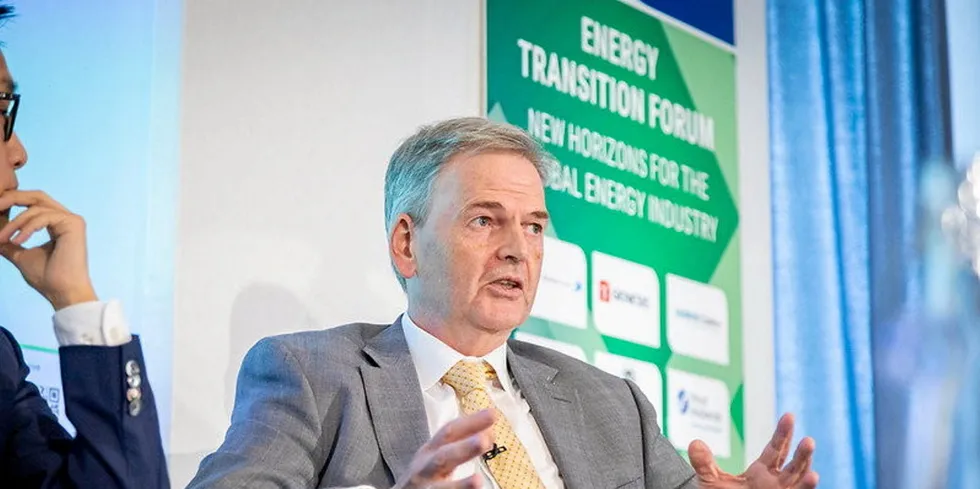'Long-duration energy storage can be deployed faster and more cheaply than green hydrogen'
INTERVIEW | H2 has grabbed plenty of attention, but policymakers need to understand the crucial role of LDES in the energy transition, says sector veteran Alan Greenshields
